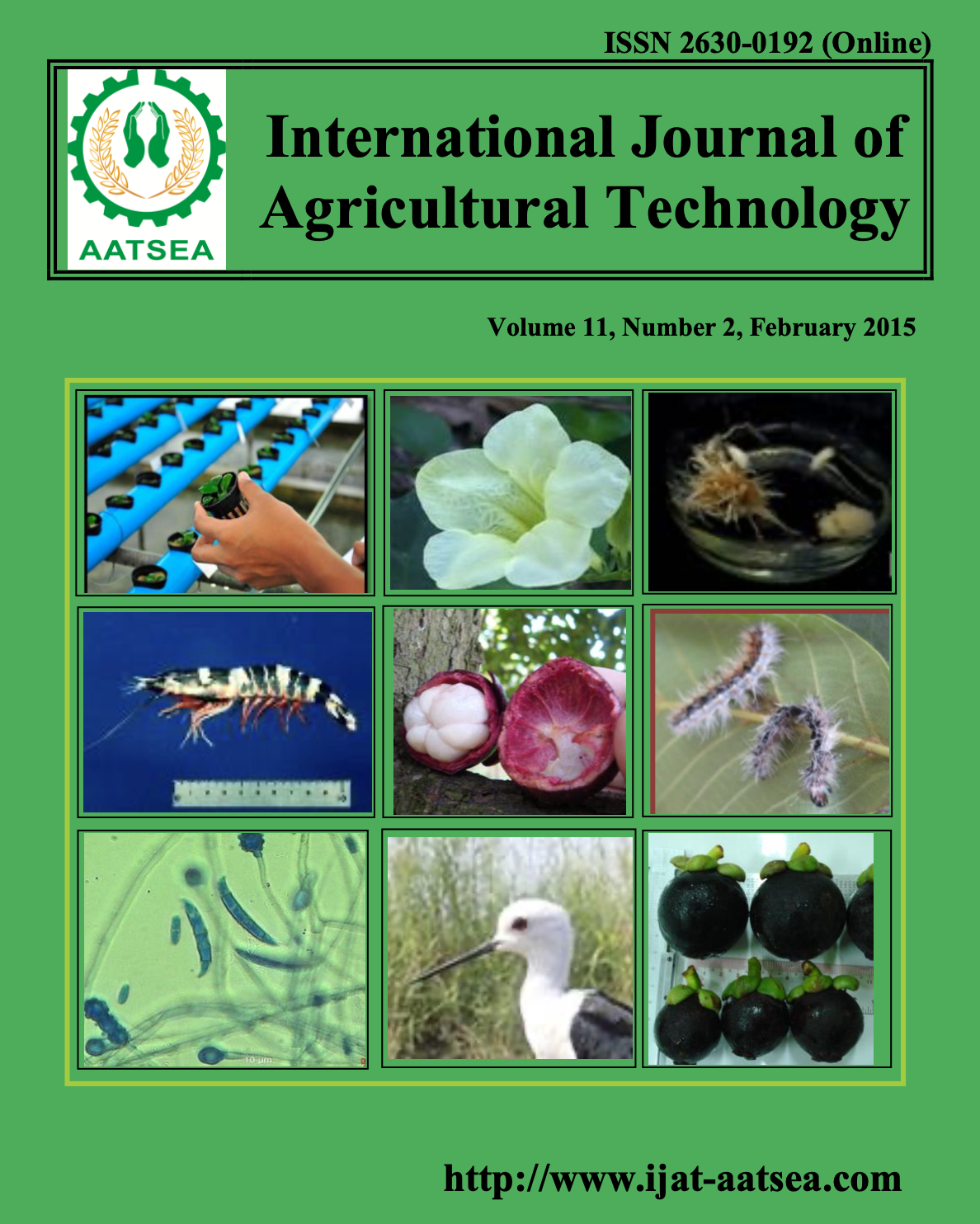Practices in extension services: Basic for the formulation of manual of operation
Main Article Content
Abstract
Article Details

This work is licensed under a Creative Commons Attribution-NonCommercial-NoDerivatives 4.0 International License.
References
Huey, J. (1994). The new post-heroic leadership. Fortune. pp. 42-50.
Kofman, F. and Senge, P. M. (1993). Communities of commitment: The heart of learning organizations. Organizational Dynamics 22:5-23.
Michael, J. A. (1994). For the common good: A strategic plan for leadership and volunteer development. Washington, DC: United States Department of Agriculture.
Michael, J. A., Paxson, M. C. and Howell, R. E. (1990). Developing leadership among Extension clientele. Washington, DC: United States Department of Agriculture.
Nirenberg, J. (1993). The living organization: Transforming teams into workplace communities. Homewood, IL: Business One Irwin.
Senge, P. M. (1990). The fifth discipline: The art and practice of the learning organization. New York: Doubleday/Currency.
Vandenberg, L. and Sandmann, L. (1995). Community action leadership development: A conceptual framework for Michigan State University Extension (MSU Extension Leadership Series No. 95-01). East Lansing: Michigan State University.


